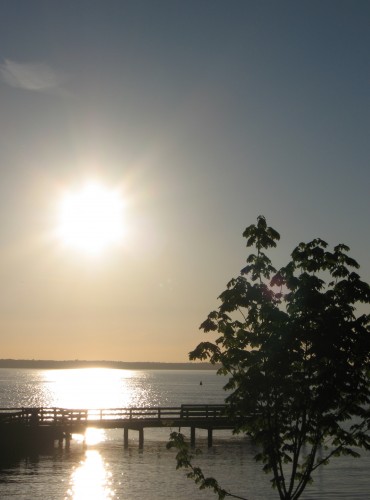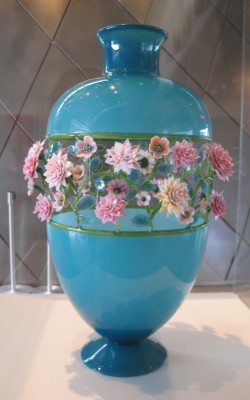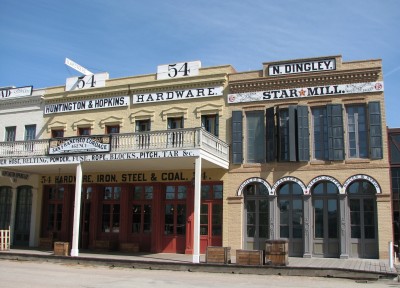I didn’t set out to read The Cloud Atlas, by David Mitchell. There, I said it. I never intended to pick up the book, and had it not been for my husband, I would have been perfectly content with my historical non-fiction and my usual, complex-dramatic familial relationship novels. But Jon really wanted me to read The Cloud Atlas, because he loved it so much. And he really wanted me to read it now, because the movie was coming out, and we wanted me to finish it so we could go see it in the movie theater. And so I agreed…
The novel begins at some point in the past – the mid-1800s, sometime after the Gold Rush began in San Francisco. The book is actually a series of short stories, jumping back and forth between the past and future, showing the slow downfall of the human race. Various characters are willing to abuse, torture and mistreat their fellow humans in order to obtain what they desire, be that profit or power or control over others. Slavery is a topic that comes up several times, as well as the 20th century issue of a nuclear leak that poisons the Earth. Various thugs and gangs also play prominent roles.
At some point in the progression of time, a cataclysmic event occurs which wipes out a large portion of the human race, and sends Earth into a post-apocalyptic downfall where the remaining humans are largely unaware of whether there are other surviving pockets of people. A return to religion occurs, centering around a Korean visionary who gains a mythical status, as humans try to regain a footing in a world that has essentially collapsed and returned to tribal forms of life and governing.
But did I like it? The pros – some of the stories were deeply moving, with great character development that allowed the reader to step inside the story with the character and empathize with the circumstances. Other stories were bogged down with unwieldy language – Mitchell tried to grow the stories by having his characters speak dialects – complete with strange spellings of English words and made up words (think Vonnegut’s Cat’s Cradle). Although eventually you pick up the rhythm of this odd use of language, it prevented me from really bonding with the characters in those vignettes. And I found the tie ins to the other stories a bit weak. You could tell that Mitchell is making a point on the theme of humanity, interconnectedness, and cause and effect, but it fell flat.
Overall, the book just didn’t do it for me. It started really slow and was difficult to get into. Jon said I just had to muddle through for a little while longer and it would get interesting, but that never really happened for me. The Cloud Atlas was a struggle until the bitter end. I am a very fast reader, but this book, even when I forced myself to pick it up, took me a very long time to read. Several months, in fact…
Finally, one day on the couch, on a Sunday afternoon, I was on the last twenty pages of the book. Jon was trolling around, eagerly waiting for me to finish. By this time the movie version had come and gone in theaters, and Jon had the newly released DVD in the DVD player ready to go. After the last page, I looked up and asked him a question about the ending (I don’t remember now what the question was). Jon said “Does that mean you are done?” I replied, “Yes,” and without another word, he pressed play on the DVD.
This might be the only time in my life that I have ever liked a movie more than the book. The story in the movie intertwines the vignettes in the book with a series of flashbacks and flash-forwards that tie them together. Each actor plays multiple characters, leading the viewer to the conclusion of reincarnation, which although not implied in the novel, does help to reinforce the concept of the theme of humanity and interconnectedness. Not to mention a standout cast was led by Tom Hanks and Halle Berry. I was interested until the end.
So, to sum up… Skip the book; watch the movie instead.























